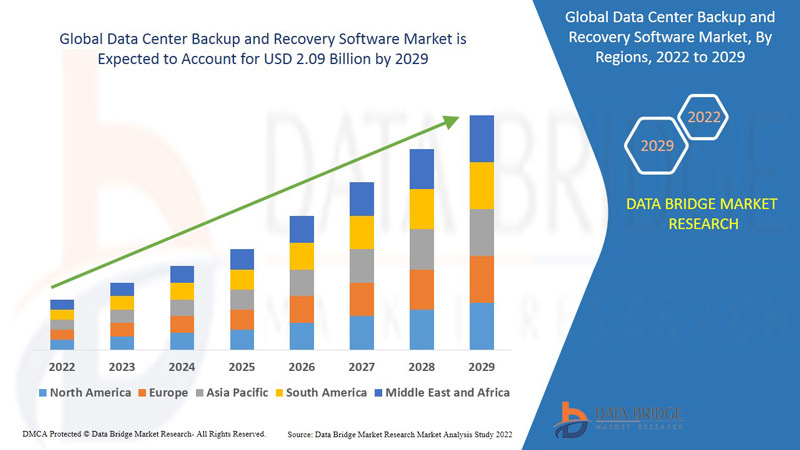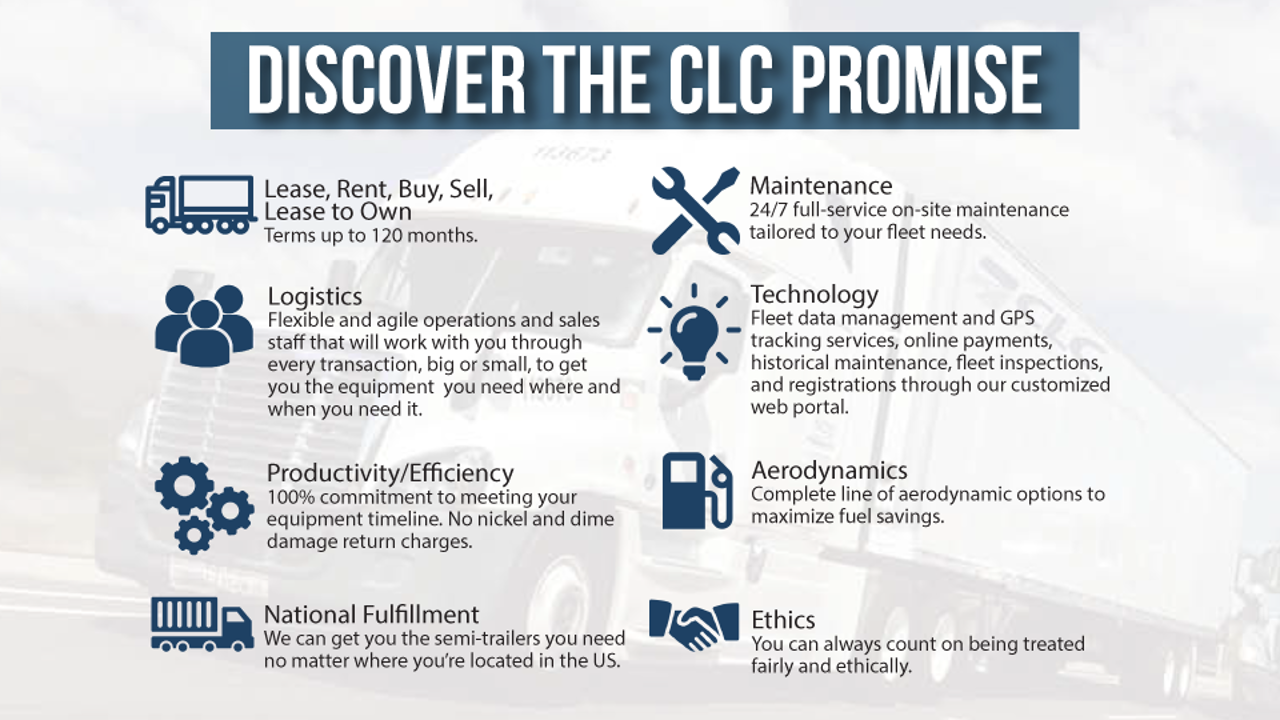
Introduction
In the modern digital age, data centers are at the heart of most organizations, providing storage, management, and dissemination of large volumes of data. As businesses rely heavily on digital information to carry out daily operations, the need for effective backup and recovery solutions is crucial. Data loss, corruption, or downtime can be catastrophic, leading to loss of productivity, revenue, and reputation. Data center backup and recovery software is essential in this situation.
What is Data Center Backup and Recovery Software?
Data center backup and recovery software is designed to ensure that a company’s data is safely stored, easily retrievable, and protected from potential data loss scenarios, such as hardware failure, cyberattacks, natural disasters, or human error. The software automates the process of creating data backups and restoring them when needed, reducing the risks associated with manual interventions and providing faster, more efficient recovery in the event of data loss.
Why Backup and Recovery Software is Essential for Data Centers
Data centers are hubs for large-scale data storage and management, making them vulnerable to various risks. A trustworthy solution for backup and recovery provides:
- Data Integrity: Protecting critical business data from corruption or accidental deletion.
- Business Continuity: Ensuring operations can continue even after a data loss event.
- Regulatory Compliance: Helping companies meet legal requirements for data protection, including the safe storage and retrieval of data.
- Cost-Efficiency: Minimizing the financial impact of data loss and reducing downtime.
With increasing data volumes, the complexity of IT infrastructures, and the rising frequency of cyberattacks, backup and recovery software has become a core component of data center operations.
Comprehensive Backup Coverage:
One of the core functions of any data center backup and recovery software is its ability to provide comprehensive backup coverage across all systems and applications. This includes:
- Full System Backup: The software should offer the ability to back up entire systems, including operating systems, application files, databases, and configurations. This ensures that an organization can fully recover an environment in case of a catastrophic failure.
- Incremental and Differential Backups: Instead of performing full backups every time (which can be resource-intensive), the software should support incremental and differential backups. Differential backups record the changes since the last complete backup, whereas incremental backups just record the changes made since the last backup. These options optimize storage space and backup speed.
- Application-Aware Backups: It is important that the software can intelligently back up applications and databases in a consistent state, ensuring that active applications are properly quiesced during backup operations. This feature is particularly important for databases and transactional systems like Microsoft SQL, Oracle, or Exchange.
- Support for Multiple Platforms: Modern data centers operate across a diverse set of environments, including physical, virtual, and cloud infrastructure. The software must support all these platforms to provide a unified backup solution that covers virtual machines (VMs), cloud-native applications, and traditional on-premise servers.
Data Deduplication and Compression:
Data deduplication and compression are essential features to reduce the amount of storage space required for backups. Deduplication eliminates redundant copies of data, storing only unique blocks of information. Compression further reduces the size of backups by encoding data in a more space-efficient manner.
- Inline Deduplication: This feature processes data as it is being backed up, ensuring that only unique data is stored and reducing the size of the backup at the source.
- Global Deduplication: Some backup software provides global deduplication across all data, regardless of where it is stored. This ensures that common data elements stored across different servers or VMs are backed up only once, saving significant storage costs.
- Compression: With compression techniques, backup software reduces the size of the data being stored, leading to faster transfers and more efficient use of storage capacity.
Disaster Recovery and Business Continuity:
Backup software must also include robust disaster recovery (DR) features to ensure minimal disruption to business operations during a disaster. These capabilities typically include:
- Bare-Metal Recovery: The ability to recover a system from scratch, including hardware-independent recovery, which is essential if an organization needs to restore an entire system to new or different hardware.
- Automated Failover: In the event of a disaster, automated failover enables the backup system to take over the primary role seamlessly, ensuring minimal downtime for mission-critical applications.
- Geographic Redundancy: For maximum protection, backup data should be stored across multiple locations (such as different data centers or in the cloud). This helps ensure that data can be recovered even if an entire data center is compromised.
- Cloud Disaster Recovery: With the growing adoption of cloud infrastructure, backup software should support cloud-based disaster recovery as a service (DRaaS), enabling businesses to quickly spin up replicas of their on-premises workloads in the cloud if needed.
Scalability:
Software for backup and recovery must expand to meet growing needs as data quantities increase. Organizations should look for backup solutions that can grow with their infrastructure without introducing complexity.
- Horizontal and Vertical Scalability: The software should support both horizontal scalability (by adding more backup servers or storage) and vertical scalability (by increasing the performance of individual systems).
- Cloud Integration: As businesses adopt hybrid cloud environments, the backup software must offer seamless integration with cloud storage platforms like Amazon S3, Microsoft Azure, or Google Cloud. This ensures that businesses can scale their backup operations into the cloud without significant infrastructure changes.
Fast and Reliable Recovery:
Backup solutions are only as good as their ability to restore data quickly and reliably. Key features to enable efficient recovery include:
- Granular Recovery: The ability to recover individual files, folders, or application objects without needing to restore an entire system. This can significantly reduce recovery times and minimize operational disruptions.
- Instant Recovery: Some advanced backup solutions offer instant recovery, which allows a virtual machine or application to run directly from the backup file while the full restore process occurs in the background. This feature is critical for reducing downtime in case of a failure.
- Automated Testing of Backups: To ensure the integrity of backups, some software solutions offer automated testing of backup data to confirm that they can be successfully restored. This provides businesses with confidence that their backup strategy is effective.
Security Features:
Data security is paramount in backup and recovery processes, especially with increasing concerns about ransomware and data breaches. Essential security features include:
- End-to-End Encryption: Backup data must be encrypted both in transit and at rest to prevent unauthorized access. The software should support strong encryption algorithms to ensure data privacy and integrity.
- Ransomware Protection: With the rise of ransomware attacks, backup solutions should include mechanisms to detect and prevent unauthorized access or encryption of backup files. Immutable backups, which prevent changes or deletions to backup files for a specified period, can offer protection against ransomware.
- Role-Based Access Control (RBAC): The ability to define and manage user permissions within the backup software is crucial for preventing unauthorized access to sensitive data. RBAC ensures that only authorized personnel can perform specific backup and recovery tasks.
Automation and Orchestration:
Automation is key to reducing the complexity and effort involved in managing data backup and recovery processes. Backup software should offer:
- Policy-Based Management: Administrators should be able to define backup policies based on business requirements, such as the frequency of backups, retention periods, and data prioritization.
- Automated Scheduling: Backup software should support automated scheduling of backups, reducing the need for manual intervention and ensuring that critical data is always backed up on time.
- Orchestration for DR: Disaster recovery orchestration helps automate the entire failover process, ensuring that workloads are transferred smoothly to alternate locations or the cloud during a disaster.
Reporting and Monitoring:
Comprehensive reporting and monitoring tools are critical for understanding the status of backup jobs and identifying potential issues. Essential reporting features include:
- Real-Time Monitoring: Administrators should have access to dashboards that provide real-time information on backup jobs, including success/failure rates, throughput, and storage usage.
- Alerts and Notifications: Backup software should send automated alerts when there are issues, such as failed backups, low storage availability, or recovery process failures.
- Compliance Reporting: In industries with strict regulatory requirements, backup software should generate reports that demonstrate compliance with data retention and security regulations.
Growth Rate of Data Center Backup and Recovery Software
According to Data Bridge Market Research, the market for data center backup and recovery software is expected to grow at a compound annual growth rate (CAGR) of 4.12% between 2022 and 2029, with a projected value of USD 2.09 billion at that time.
Learn More: https://www.databridgemarketresearch.com/reports/global-data-center-backup-and-recovery-software-market
Conclusion
Data center backup and recovery software plays a vital role in protecting an organization’s most valuable asset-its data. The right solution should offer comprehensive backup coverage, scalability, security features, fast recovery, and automation to ensure business continuity. By choosing a solution that integrates these essential features, organizations can minimize the risk of data loss and ensure they are well-prepared to recover from any disaster or failure.







